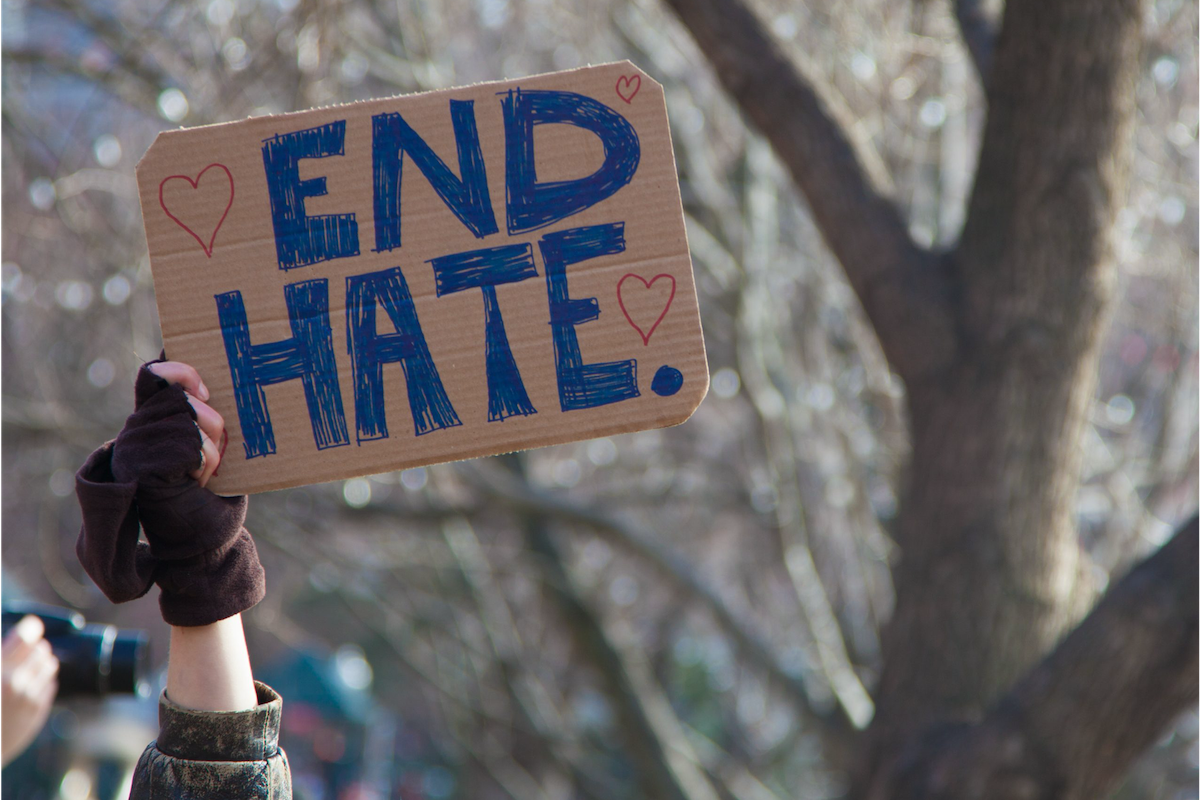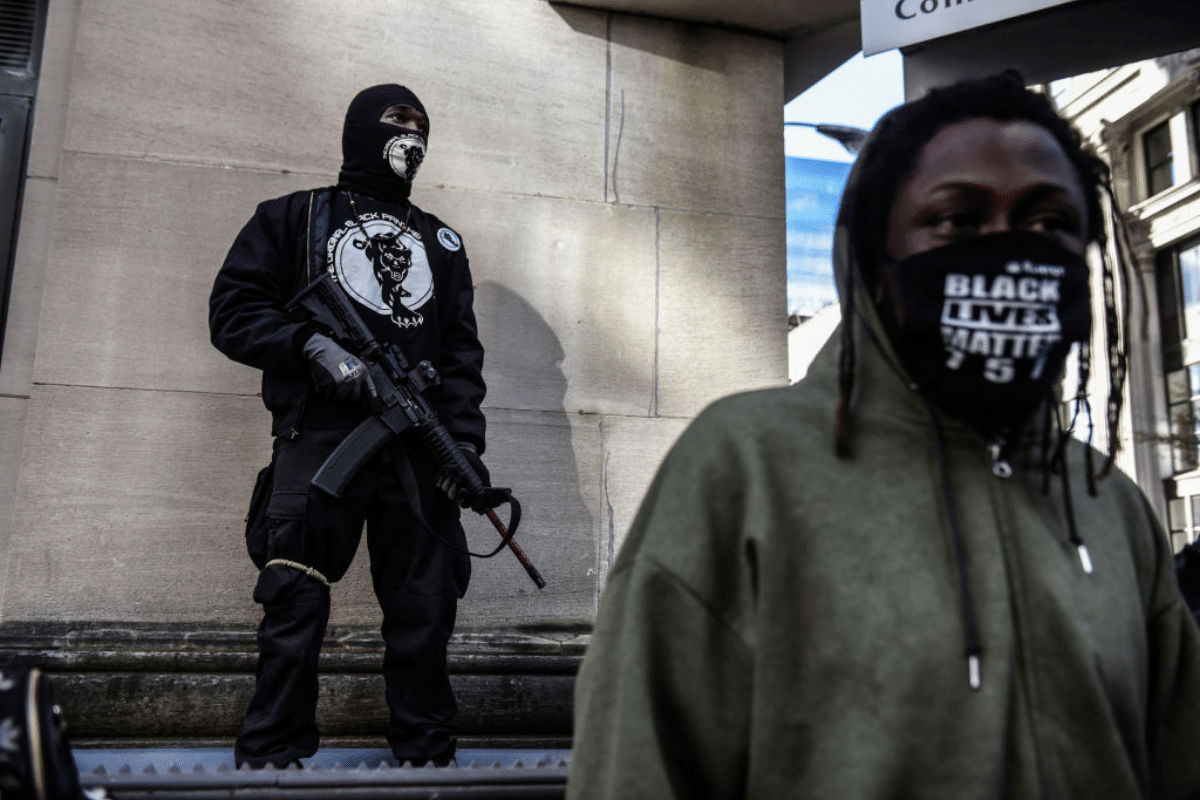Anti-Racism
Can You Teach Children to be Anti-Racist?
Just as we can teach children multiplication facts, we assume we can teach them the attitudes to the world that we want them to have.

In 1935, Richard Clarke Cabot, a professor of clinical medicine and social ethics at Harvard University, began one of the first randomized controlled experiments in the field of social science. In Cabot’s ambitious study, 650 underprivileged boys from Cambridge Massachusetts and the neighboring suburb of Somerville were selected into either a treatment or control group. The treatment group received counselling and a wide-ranging program delivered by these counsellors that included home visits, tutoring, and a variety of field trips and activities. The control group boys received none of these special services. Follow-up studies in the subsequent two decades found pretty much no effect from the program. A later analysis in the 1970s by Professor Joan McCord found that the boys involved in the program did worse on a number of key outcomes than boys in the control group. For instance, they were more likely to be alcoholic, dissatisfied at work and to commit more than one crime.
This seems baffling. Surely, the counsellors had the best of intentions. How could a program of this kind be harmful? McCord proposed four possibilities—a kind of culture clash between the middle-class world of the counsellors and the boys’ families; the creation of a dependency relationship between the boys and their counsellors; a labelling effect where the boys in the project internalized a negative self-image; and a failure to reach expectations that had been raised by participating in the project.
McCord’s analysis and ideas have been challenged by some, but the possibility her work raises—that well-intended interventions can have negative consequences—should be at the forefront of the minds of anyone introducing a new social intervention. And that brings us to Racism. No Way, an anti-racism teaching program developed by the government of the Australian state of New South Wales for use in its public schools.
The scale of Racism. No Way is ambitious, spanning kindergarten to Year 12. Some of it is the sort of fare you might expect of a traditional school program that aims to help young people understand differences and relate to each other positively. For instance, kindergarteners read The Ugly Duckling and discuss why the protagonist was teased and how that may have felt. One strand of the K-3 curriculum is Taking action against prejudice and is a little more hands-on. After completing a Google search for “anti-racism” or Harmony Day posters, students then make their own posters in groups to be displayed around the school.
Perhaps more contentious and with a greater chance of backfiring are the activities designed for children in Year 9 and 10 based on the concept of white privilege. Interestingly, the Racism. No Way resources note that white privilege is a “controversial topic.” An academic paper uploaded to the site goes further stating that:
Although exploration of white privilege in pedagogy is increasingly common in Australia and elsewhere… little research examines the effectiveness of this approach using a pre-test/post-test, with the exception of a couple of American college interventions showing inconsistent results… We argue therefore that in an anti-prejudice intervention, using the concept of white privilege is likely to be more effective with a generally privileged group of participants than another group who may be white but disadvantaged in other respects.
Nevertheless, Racism. No Way contains activities where students watch a US video about white privilege—“If you’re white, society be like, ‘You out here winning!’”—and Privilege for Sale, a trading roleplay where children have to buy privileges such as, “I can do well in a challenging situation without being called a credit to my race.”
White privilege is a concept that has been around for a while but that can probably trace its modern usage back to an essay by Peggy McIntosh, Unpacking the Invisible Knapsack, and this essay appears to be the origin of the privileges listed in the Privilege for Sale game. Some of these privileges appear, on first inspection, to be more to do with social class that race, such as, “If I should need to move, I can be pretty sure of renting or purchasing housing in an area which I can afford and in which I would want to live.”

White privilege is a controversial concept for a number of reasons. Firstly, it reframes discrimination faced by non-white people, such as being harassed while shopping, by flipping it and making the absence of this discrimination a privilege. Secondly, it seemingly ignores what could be argued as the far more significant effect of social class on individual outcomes. Thirdly, it risks labelling young white people and driving them towards more of a white identity. And an increased sense of white identity is not necessarily a good thing in a society such as Australia.
There are many ways around the first two issues that involve quite subtle logic. For instance, the concept of intersectionality can be used to explain that we potentially possess a number of different privileges and white privilege is just one of these. However, it won’t escape a student who has been successfully taught how to think critically that white privilege seems to be the privilege we are focusing on. Where are the activities aimed at making children more conscious of the privileges of social class?
A second question a switched-on teenager may raise is that of the disparities between different non-white groups in Australia. Australian students with East Asian heritage, for instance, tend to do rather well in the Australian education system. Do they have a form of privilege too?
The standard response of activists on Twitter when faced with such questions is that: 1) the questions themselves are an expression of, and evidence for, white fragility, an “outward display of emotions such as anger, fear, and guilt, and behaviors such as argumentation, silence, and leaving the stress-inducing situation”; and 2) the idea of an Asian Australian “model minority” is a trope wheeled-out by those who are opposed to tackling racism. Of course, neither response actually answers the question. And so, we are left hanging.
Unfortunately, teachers do not tend to have the luxury of avoiding or shouting-down their students’ questions and so class discussion of white privilege is likely to visit these points, with teachers addressing them idiosyncratically and with varying degrees of skill.
The basic problem is a broad assumption on the part of the public in general, and activists in particular, that pretty much everything is teachable. Just as we can teach children multiplication facts, we assume we can teach them the attitudes to the world that we want them to have. In reality, it is far more complicated than that. Few children come to math class laden with ideas about the way to solve mathematical problems that are at odds with that of the teacher. But attitudes to social issues are different. Teachers can model open-mindedness and tolerance, and they can promote and enforce socially sanctioned behavior codes, but it is not our job to indoctrinate children into a belief system—quite the reverse.
Whatever questions we may raise about Racism. No Way, it seems fairly measured in comparison with similar anti-racism programs that are being rolled-out across the US and that give us a glimpse, perhaps, of the future.
In an interview in the Atlantic, Ndona Muboyayi, a campaigner and school board candidate, complains of her son coming home from school disheartened after lessons on white privilege. A boy who formerly thought he could be anything he put his mind to being has been convinced that there are systems in place that prevent black children from accomplishing anything.
I am sure that was not the intended effect of the program, but the intended effect and the actual result are not always the same thing.






